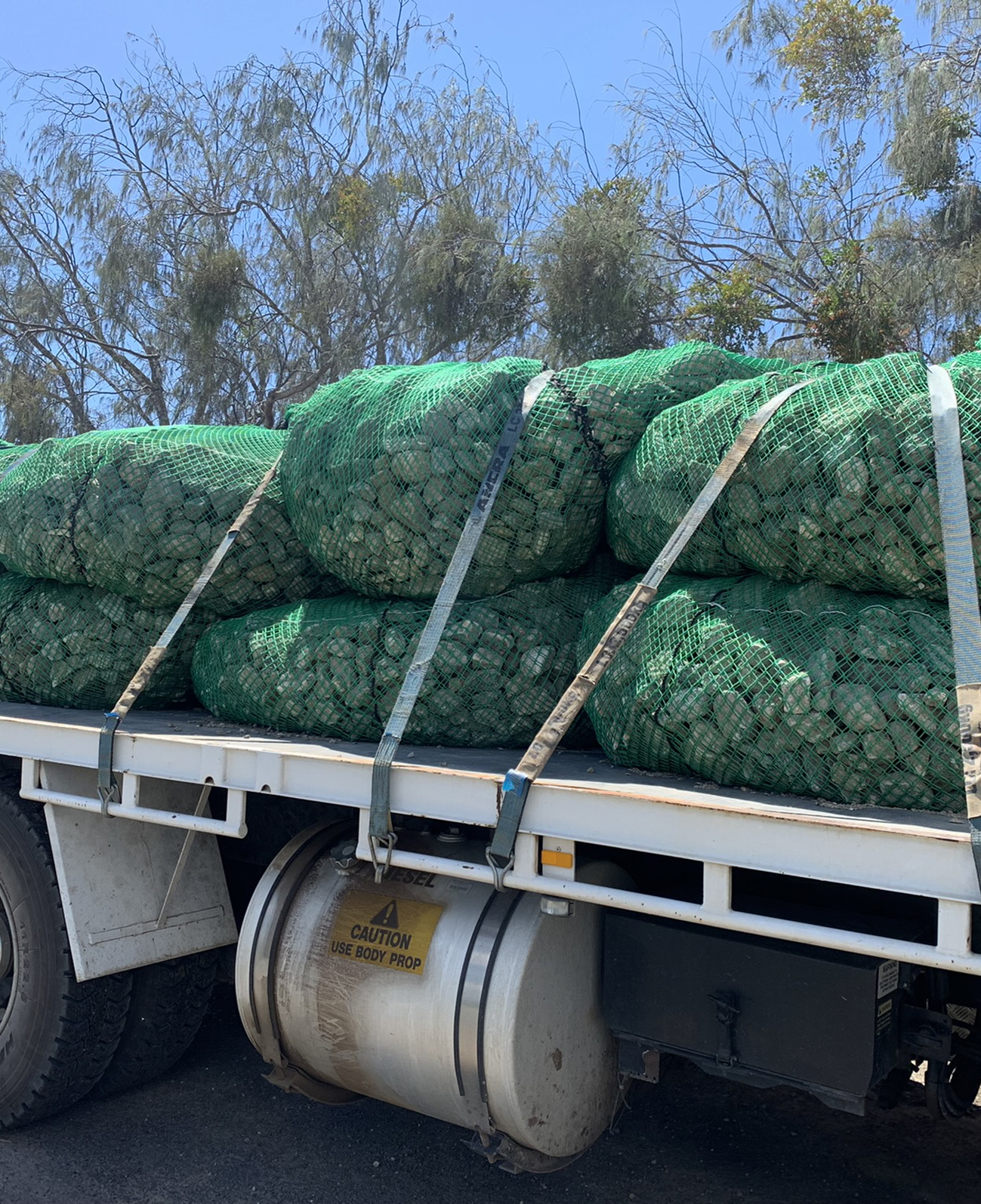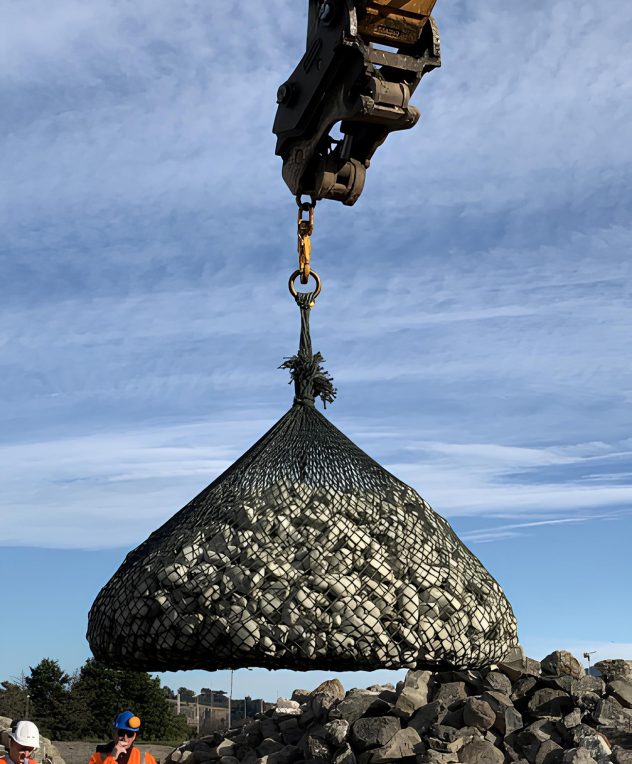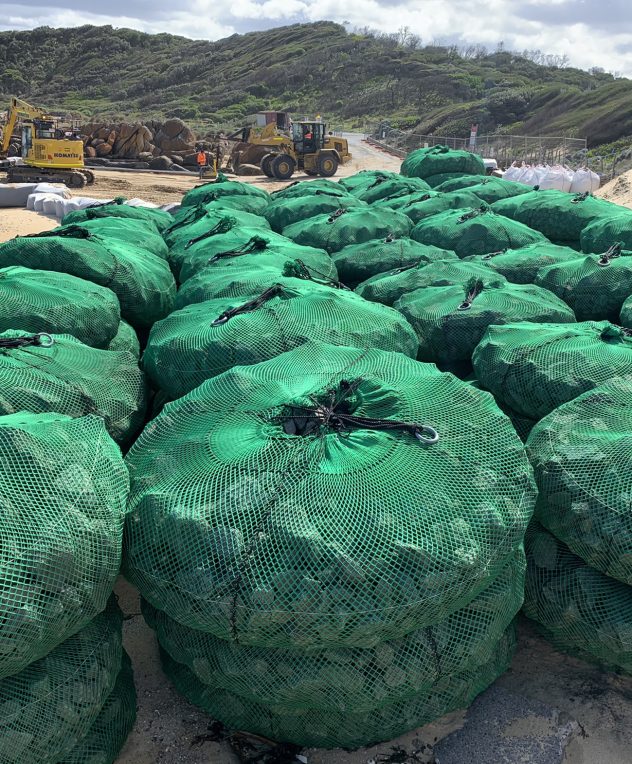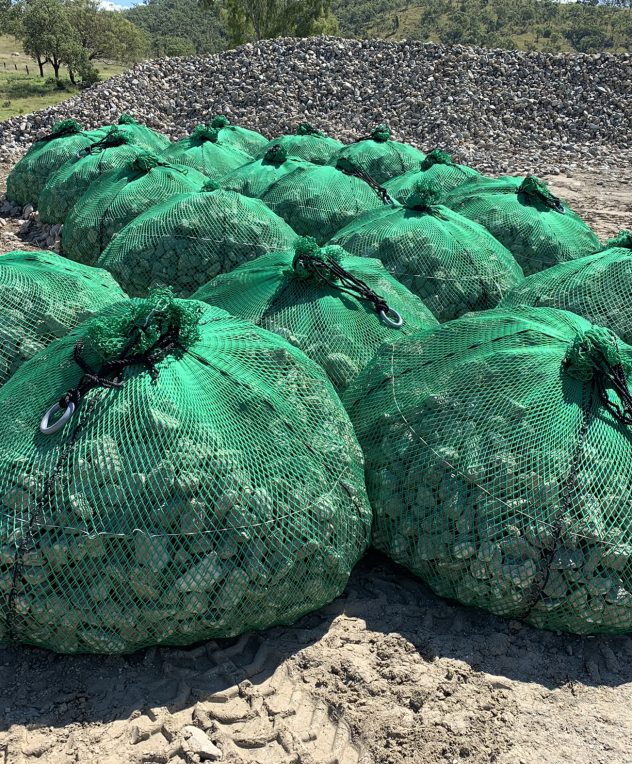
How to Install Rock Bags Efficiently
Step 1: Site Assessment
Before installation, conduct a thorough site assessment to understand the terrain, water flow, and project requirements. This ensures the proper placement of Rock Bags and maximizes their effectiveness in erosion control or infrastructure protection.Key Considerations:
- Identify areas prone to erosion or scouring.
- Determine the number and size of Rock Bags needed.
Step 2: Filling the Rock Bags
Rock Bags can be filled on-site or prefilled at a quarry for immediate use. On-site filling is particularly beneficial for remote or difficult-to-access areas. Use a crane or filling station to load rocks into the bags securely.
Filling Tips:
- Ensure the bags are filled uniformly for stability.
- Use appropriate rock sizes based on the project specifications.
Step 3: Transporting to the Site
Transporting Rock Bags to the installation site requires minimal machinery, making them ideal for challenging locations. Prefilled bags can be loaded onto trucks or barges for delivery to the project area.
Transport Efficiency:
- Coordinate delivery to minimize delays.
- Use cranes or forklifts for unloading at the site.
Step 4: Placement and Positioning
Using a crane, excavator, or light machinery, position the Rock Bags precisely in the required location. Their flexible design allows them to conform to uneven surfaces, ensuring a snug fit and optimal performance.
Placement Tips:
- Follow the project’s design specifications for proper alignment.
- Ensure overlapping where necessary for enhanced stability.
Step 5: Inspection and Final Adjustments
Once installed, inspect the placement of Rock Bags to confirm they meet the project’s requirements. Make any necessary adjustments to secure the bags and ensure effective erosion control.
Final Steps:
- Verify stability under water flow or wave conditions.
- Document the installation process for future maintenance reference.
Why Rock Bags Are Easy to Install
- Rapid Deployment: Prefilled or on-site filling options allow quick installation.
- Minimal Labor Required: Small teams can handle large-scale projects with ease.
- Adaptable Design: Flexible construction ensures compatibility with various terrains.
Conclusion
Rock Bag Filter Units are designed for efficient installation, even in the most challenging environments. Their rapid deployment and ease of use make them a reliable solution for erosion control, infrastructure protection, and flood repairs.Ready to start your next project? Contact us today to learn more about Rock Bag Filter Units and how to install them effectively!






Leave a Reply